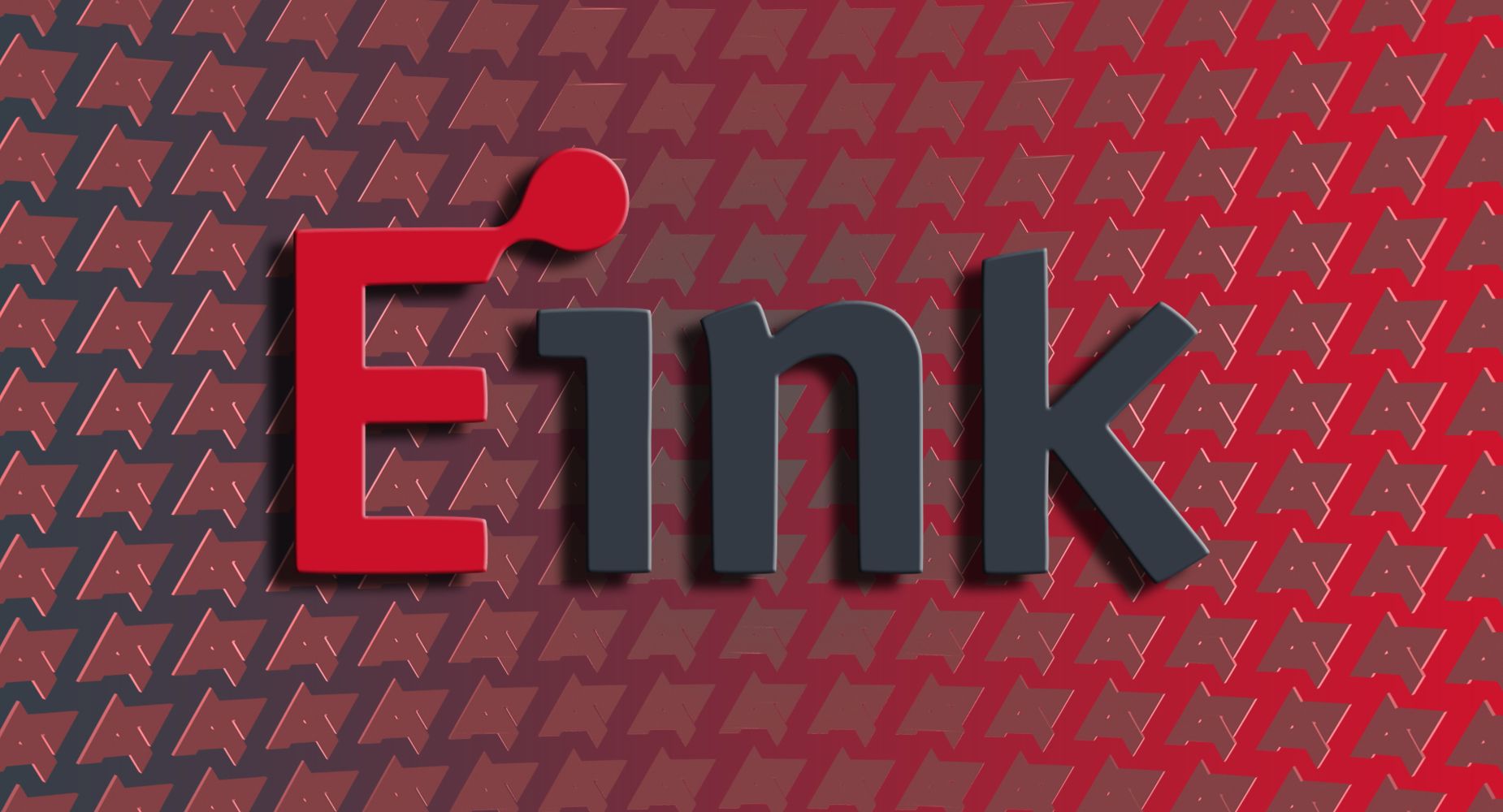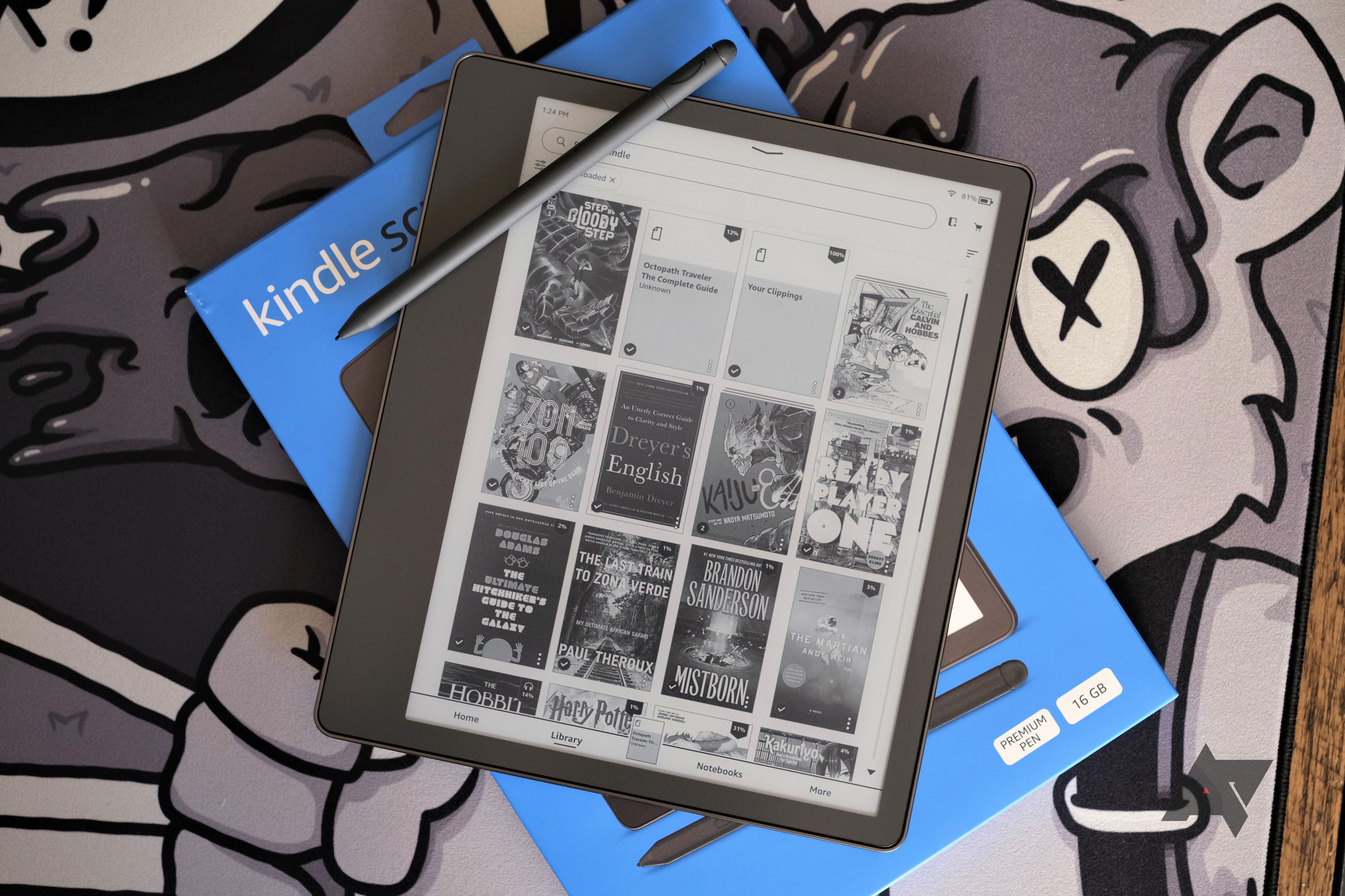Color E ink tablets allow users to read graphic novels, magazines, PDFs, and more with acceptable refresh rates. Vibrant colors have finally intersected the e-reading world, all without the in-your-face glare of some of the best Android tablets. I’ve owned nearly every Kindle created and am part of that rare breed that has tracked the development of color e-paper right since its infancy. From Mirasol to Triton to Kaleido, color e-readers excite me. However, let me be the first to tell you that color E Ink, in its current state, just isn’t there yet in my opinion, especially when compared to the performance of black-and-white E Ink screens. Let’s explore.

What is an E Ink display, and how does it work?
Learn about how the fascinating screen technology works
Color E Ink has been a long time coming
The first color E Ink technology demos go back over a decade
The first demos of color e-paper go back well over a decade. I remember checking out Qualcomm’s interferometry-based Mirasol displays at MWC somewhere around 2011. The color displays could hit 30Hz, making them halfway suitable for watching video while maintaining the sunlight visibility benefits e-paper and E Ink screens are known for. While not as good as fast or high res as grayscale e-paper, these displays could theoretically last a long time on battery. Elsewhere, the colors were less than perfect, but I hoped Mirasol would improve on that over successive generations. Unfortunately, Qualcomm didn’t have as much faith in the project as I did and canned it a few years in.
Having had a glimpse of the future, my curiosity was piqued once again in 2013 when I came across the E Ink Triton-powered devices like the Jetbook Color. With ever-so-slightly improved colors and the same battery-sipping powers, surely this would be the one. Alas, the PowerPoint slideshow-like refresh rates made it little more than a tech demo. I was willing to give it the benefit of the doubt and considered a Pocketbook Color Lux, one of the few products packing that same particular screen. Unfortunately, between the extremely low contrast levels and multi-second refresh rates, this was not the solution anyone was looking for. Reading a graphic novel on it was an exercise in frustration, not to mention the sky-high price point.
Surely things should have improved since? As it turns out, color E Ink just hasn’t evolved as much in the last decade as I’d like.
The technology hasn’t moved all that far
Color is cool, but usability challenges remain
Before you get ready to tear the site apart, hear me out. I’m well aware of E Ink’s advances when it comes to color. Kaleido 3 and Gallery E Ink displays are pretty dang impressive, easily showcasing how far the tech has come. However, a tech demo does not make a great consumer product. I’ve had my eye on the Kaleido 3-equipped Kobo Libra Color ever since it was announced a few weeks back. A color E Ink screen that seemed to be getting decent reviews, all for $220? Sign me up. But the pessimist in me knew there had to be a catch. I wasn’t wrong.
Purely as a technology showcase, the Kobo Libra Color is a fine example of the strides that color E Ink has made. However, as a reader, I demand more. The current drawbacks of even the latest color E Ink readers are glaringly obvious. Look at any real-world picture of the Kobo Libra Color, and you’ll immediately spot the screen door effect. Noticeable to anyone who reads up close or perhaps in bed, the screen door effect creates a mesh-like pattern between the pixels and inhibits complete immersion.
Unfortunately, that’s not all. The color E Ink displays’ low pixel density means that commonly read materials, like graphic novels and magazines, just aren’t sharp enough. Most current-gen black and white E Ink readers ship with a 300ppi display with tack-sharp text. Color E Ink readers are half that, at 150ppi. See what I’m getting at?

Kindle needs to release a color E Ink e-reader before everyone else does
Begun, the color war has
I wish the problems had ended there. If you’re reading text, E Ink refresh is rarely a bother. However, a color E Ink screen is designed to consume magazines, graphic novels, and similar rich media. Due to the displays’ low resolution, users are expected to be zooming in and scrolling around to read text. However, the current refresh of color E Ink screens is much slower than regular B&W E Ink displays. That, predictably, leads to a surprisingly poor experience filled with ghosting.
Finally, there’s also the fact that color E Ink displays are neither as vibrant as a tablet nor do they have the pure contrast afforded by the likes of the latest black-and-white Kindles. You’ll have to crank up the brightness to get there. That effectively means that you’ll be burning through the battery quicker to get a similar picture as a tablet or B&W E-Ink screen. Who wants that?
The future looks colorful, but it’ll take time
For now, a tablet might be the better choice
Look, I’m not here to dissuade you from buying a color E Ink reader. As I mentioned earlier, I’m very excited that the technology exists and is improving. However, I don’t feel it is ready for prime-time mass adoption in its current form. If you take a lot of notes or absolutely must have the latest (but perhaps not the greatest) in e-reader tech, go for it. For everyone else, there’s no doubt that color E Ink displays don’t add much value right now. Existing e-readers already offer a top-tier reading experience, and if you want high-quality color content, tablets are where it’s at. Moreover, there’s size to consider. E Ink readers tend to be much smaller than tablets. The latter has already solved the problem of reading high-resolution rich media content while lounging on a couch or on the go.
All of that to say, color E Ink might have a future ahead of it, but it’s simply not there yet.




